What is the water flowing sound during operation of my Panasonic CS-RE9JKR Air Conditioner?
- MMargaret BaxterJul 30, 2025
The water flowing sound you hear during the Panasonic Air Conditioner operation is due to the refrigerant flow inside the unit.
What is the water flowing sound during operation of my Panasonic CS-RE9JKR Air Conditioner?
The water flowing sound you hear during the Panasonic Air Conditioner operation is due to the refrigerant flow inside the unit.
Safety instructions for using the remote control, including battery handling and child safety.
Precautions for safe installation, operation, and repair of the indoor air conditioner unit.
Guidelines for safe electrical connections, usage, and maintenance of the air conditioner's power.
Safety measures and precautions for the outdoor component of the air conditioner unit.
Specifies the recommended temperature and humidity ranges for optimal air conditioner operation.
Information on the proper collection, disposal, and recycling of old electrical equipment and batteries.
Identifies key components of the air conditioner unit and its remote control.
Guide to selecting operating modes such as Auto, Heat, Cool, and Dry for desired comfort.
Instructions on adjusting the set temperature, fan speed, and vertical airflow direction.
Detailed steps on how to set and cancel delayed ON/OFF timers for the air conditioner.
Recommendations for energy efficiency, including temperature adjustments and using curtains.
Important safety warnings and precautions before performing cleaning of the air conditioner.
Procedures for cleaning and replacing the Super Alleru-buster filter and general air filters.
Step-by-step instructions for cleaning the front panel and the main indoor unit body.
Guidance on seasonal inspection, preparation for extended non-use, and criteria for professional service.
Explanation of common operational occurrences that do not indicate a malfunction.
Checks to perform for common issues like inefficient operation or remote control problems.
Procedure to use the remote control to retrieve error codes for diagnosing unit issues.
Technical details including model numbers, voltage, current, refrigerant, and power consumption.
Specifications related to cooling and heating capacities of the air conditioner.
Data on noise levels, air circulation rate, and the physical weight of the unit.
Physical dimensions of the unit and conditions under which performance tests were conducted.
Step-by-step instructions for preparing the remote control by inserting batteries.
A simplified guide on selecting modes, starting/stopping, and setting the desired temperature.
Safety instructions for using the remote control, including battery handling and child safety.
Precautions for safe installation, operation, and repair of the indoor air conditioner unit.
Guidelines for safe electrical connections, usage, and maintenance of the air conditioner's power.
Safety measures and precautions for the outdoor component of the air conditioner unit.
Specifies the recommended temperature and humidity ranges for optimal air conditioner operation.
Information on the proper collection, disposal, and recycling of old electrical equipment and batteries.
Identifies key components of the air conditioner unit and its remote control.
Guide to selecting operating modes such as Auto, Heat, Cool, and Dry for desired comfort.
Instructions on adjusting the set temperature, fan speed, and vertical airflow direction.
Detailed steps on how to set and cancel delayed ON/OFF timers for the air conditioner.
Recommendations for energy efficiency, including temperature adjustments and using curtains.
Important safety warnings and precautions before performing cleaning of the air conditioner.
Procedures for cleaning and replacing the Super Alleru-buster filter and general air filters.
Step-by-step instructions for cleaning the front panel and the main indoor unit body.
Guidance on seasonal inspection, preparation for extended non-use, and criteria for professional service.
Explanation of common operational occurrences that do not indicate a malfunction.
Checks to perform for common issues like inefficient operation or remote control problems.
Procedure to use the remote control to retrieve error codes for diagnosing unit issues.
Technical details including model numbers, voltage, current, refrigerant, and power consumption.
Specifications related to cooling and heating capacities of the air conditioner.
Data on noise levels, air circulation rate, and the physical weight of the unit.
Physical dimensions of the unit and conditions under which performance tests were conducted.
Step-by-step instructions for preparing the remote control by inserting batteries.
A simplified guide on selecting modes, starting/stopping, and setting the desired temperature.
| Inverter | Yes |
|---|---|
| Power Supply | 220-240 V, 50 Hz |
| Cooling Capacity | 2.5 kW |
| Type | Split |
| Cooling Capacity (BTU) | 8530 BTU/h |

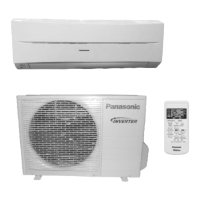
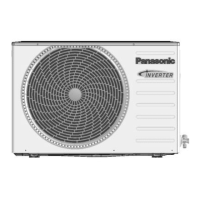

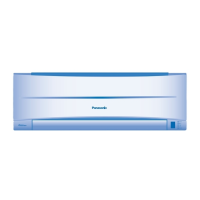



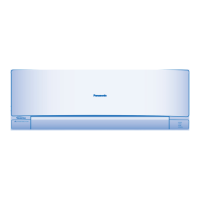


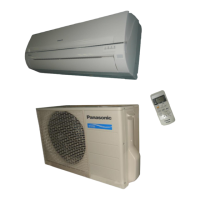
